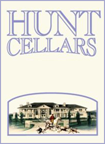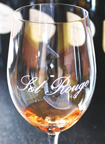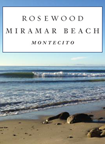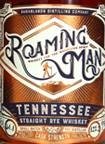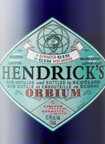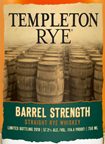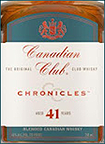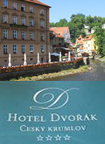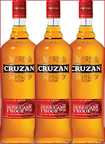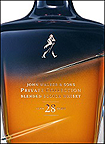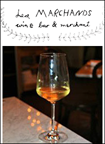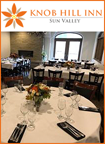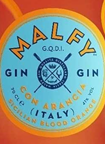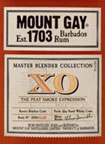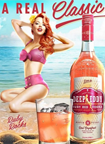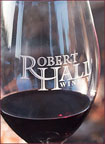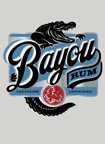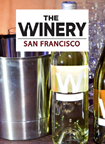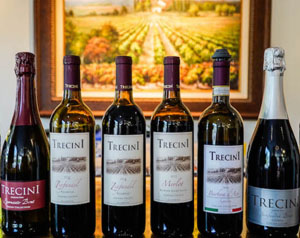
Trecini
Wines: An Example of Branding
By FBWorld Team
Anyone
who understands even the basics of marketing consumer goods
can tell you something about the vital importance of branding.
Brands are vital to a product's visibility. They apply to literally
thousands of products that have and need to retain consumer
recognition - and add value to the products. This allows for
consumer perception to be a critical factor in pricing as well
as secondary and tertiary sales.
There
is an old wine industry saying that the most difficult bottle
of wine to sell is the second one, not the first. If the first
bottle a buyer acquires is in any way unsatisfactory, it can
cast a negative image on the entire brand, and shatters confidence
for the consumer. But brands help to assure consumers of their
value.
But
products with high-image brands must make all versions of their
products in an exemplary manner. And with wine, the first bottle
with an image must be great to get to the point where it positively
impacts the sale of Bottle No. 2.
In
the vast world of wine, huge images are conjured up by only
a handful of top brands. Dom Perignon, Chateau Petrus, Masseto,
Chateau d'Yquem, and Penfolds Grange are widely considered the
best of their classes.
Most
of the time, iconic wineries have just one wine and the brand
name is not used on other lesser lights, even though the same
company may make excellent and usually great value "second"
wines. "Seconds," as they are often called, usually
carry a unique second name and do not incorporate the original
product.
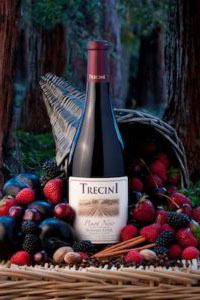
2016 Russian River Pinot Noir
This
thought crossed my mind the other day when I visited John Vicini
and his wife, Cathy, at their urban tasting room in downtown
Santa Rosa, where they display a mostly Sonoma County portfolio
of exceptional wines. However, the same brand is also used on
several Italian wines not only representing superb quality,
but unerring distinctiveness.
Such
a decision to use the same name on wines from Sonoma County
as well as from Northern Italy wasn't a decision that John believes
resulted from the fact that the wines wouldn't reflect their
location. None of the wines is necessarily made to a theoretical
standard that calls for them to be evaluated by scores.
Indeed
scores are anathema to the entire concept John and Cathy created
nearly 30 years ago when they planted grapes in the Russian
River Valley with the intention of making perfectly balanced
wine.
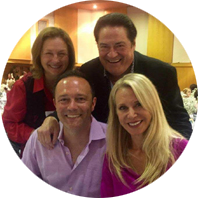
The Vicini Family
The
brand Trecini is this sort of play on words. The family name
is Vicini. So why Trecini?
"Well,
there are three of us," said John, referring to his wife
and son, David. "And tre is three in Italian."
The
name is well-known in Santa Rosa and its environs as Trecini,
and residents north of the city know the name Vicini because
it is on freeway-adjacent vineyards in the Russian River Valley.
I
asked John about the style of all of the Trecini wines, which
clearly indicates a more restrained approach than other locally
owned wineries might pursue.
"I'm
from Europe," he said, "so I really like that style
of wine. It goes better with food..."
To
emphasize his abiding interest in wines of absolute balance
and structure, the family-owned project hired Dan Barwick to
be its contract winemaker, and Barwick was not only a perfect
choice, but almost immediately was able to completely understand
what John and Cathy desired.
That's
because he is of English extraction and grew up in a wine culture
that exemplifies the style of wine that the English have come
to prefer over the centuries. This is a style that emphasizes
tight structure more than explosiveness. The latter trait almost
always leads to bombastic if not relatively clumsy wines.
One
of the best examples clearly is the 2017 Sauvignon Blanc ($19),
in which the aroma shows off bright citrus notes, hints of grapefruit,
and slight notes of green herbs. It is a wine that displays
such exceptional facility that it will clearly improve for the
next year or three, and leans more towards White Bordeaux.

2017 Russian River Sauvignon Blanc
A
Russian River Valley Merlot from 2015 ($40) may seem a bit pricey,
but it is one of the more fascinating wines you will ever see,
at least in one very important regard. Merlot is best when it
is grown in a cooler climate, where it can develop its natural
varietal characteristics that includes traces of fresh olives,
green tea and has a Beautiful red fruit personality that gets
better when the wine is decanted.
This describes Trecini Merlot to a T (or tea?!) because of its
gorgeous compatibility with food. It is certainly not a wine
to submit to those who score wines by number, mainly because
this wine has superb acidity and the kind of structure in which
it improves with aeration. At $40, it is a wine purists will
love.
One
of the more fascinating wines in the portfolio is a 2015 Zinfandel
($55) from the area known as Rockpile just north of the Russian
River Valley. Many people think of Rockpile as an area to grow
very dark, intensely flavored red wines, but there is a serious
delicacy to the rest of the region, and Barwick did a superb
job with this wine's depth of fruit, personality, and overall
charm. It is best to decant this wine before consuming it because
it responds beautifully to aeration. This is a great wine with
restraint, where it does not have any of the overt "prune"-related
aromatics of so many Zins with 16% alcohol.
Also
using the Trecini brand are three wonderful Italian wines that
do justice to their representative regions. So although they
are old-world in origin, all display new world characteristics
that justify their inclusion in this portfolio. And the name
Trecini is the brand worth an image of quality in wines of restraint,
balance and dignity.
Other
wines available here are a Russian River Valley Pinot Noir,
two dessert wines, and two sparkling wines (an Italian Chardonnay
with the name Spumante) and a bubbly made from Zinfandel!
Trecini
is a brand with a message.
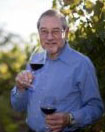
By Dan Bergerr
About Dan Berger
Dan Berger has been a wine columnist since 1976 and has resided
in Sonoma County since 1986. Today, in addition to his privately
published weekly wine commentary, Dan Berger's Vintage Experiences,
Dan writes a nationally syndicated wine column as well as articles
for many publications.
Mr.
Berger was the full-time wine columnist and reporter for the
Los Angeles Times from 1988 to 1996. His Los Angeles Times column
was carried nationally by the Los Angeles Times-Washington Post
News Service. During that time, he commuted from Sonoma County
to Los Angeles, so he could maintain his residence and affiliations
in wine country.
He is a judge at many wine competitions, including numerous
shows in Australia, as well as competitions in Slovenia, Belgium,
Germany, Canada, and across the United States, judging in at
least a dozen competitions each year. He also has coordinated
international wine competitions for the past 35 years. Dan Berger's
International Wine Competition began in 2016 became one the
nation's largest competitions to judge ciders, with more than
240 submissions.
Dan
is a speaker at wine symposiums and universities on topics such
as wine marketing, trends in the industry, regional character
of wines, and the healthful benefits of moderate consumption.
He also speaks to assorted groups interested in learning about
wine, many of them unrelated to the wine business. And he also
is an adjunct professor teaching professional wine courses at
Santa Rosa Junior College.
Dan
began writing about wine for The Associated Press in 1976, while
he was a general assignment and sports reporter, and wrote a
wine column for the Los Angeles Herald-Examiner before joining
the staff of the San Diego Union in 1979. There, his wine column
was syndicated nationally by Copley News Service and appeared
in the San Diego Union twice a week. He also was the Restaurant
Reviewer for San Diego Home/Garden Magazine for six years. He
later wrote restaurant reviews for the Marin Independent Journal
for four years.
Immediately
prior to joining the Times, he was wine columnist as well as
Business Editor for the Santa Rosa Press Democrat. From 1986
to 1988, the New York Times Syndicate carried his wine column
nationally.
Among
the honors presented to him are the Wines and Vines Magazine
award of excellence as Wine Writer of the Year, the Father Junipero
Serra award for contributions to the wine industry, presented
by the California Wine Patrons of Los Angeles, the Wine Literary
Award by the Wine Appreciation Guild. He is also a member of
the Hall of Fame of the New York Wine Writers' Circle.
Additional
organizations that have honored him include the UC Davis. Department
of Viticulture and Enology and the Academy of Wine Communications.
His books include "Beyond the Grapes: An Inside Look at
Napa Valley" and "Beyond the Grapes: An Inside Look
at Sonoma County," and he has contributed to other wine
books including the University of California/Sotheby Book of
California Wine and the Oxford Companion to the Wines of North
America. He was also the author and project director for the
Reader's Digest's book, North American Wine Routes.









